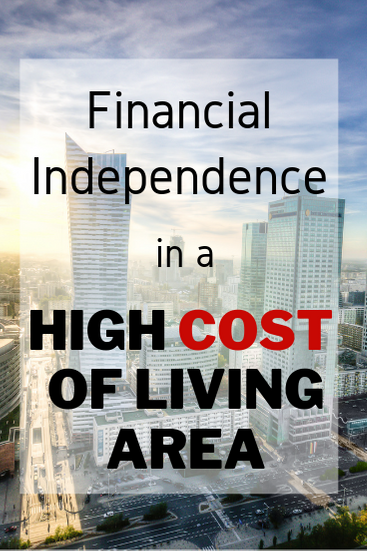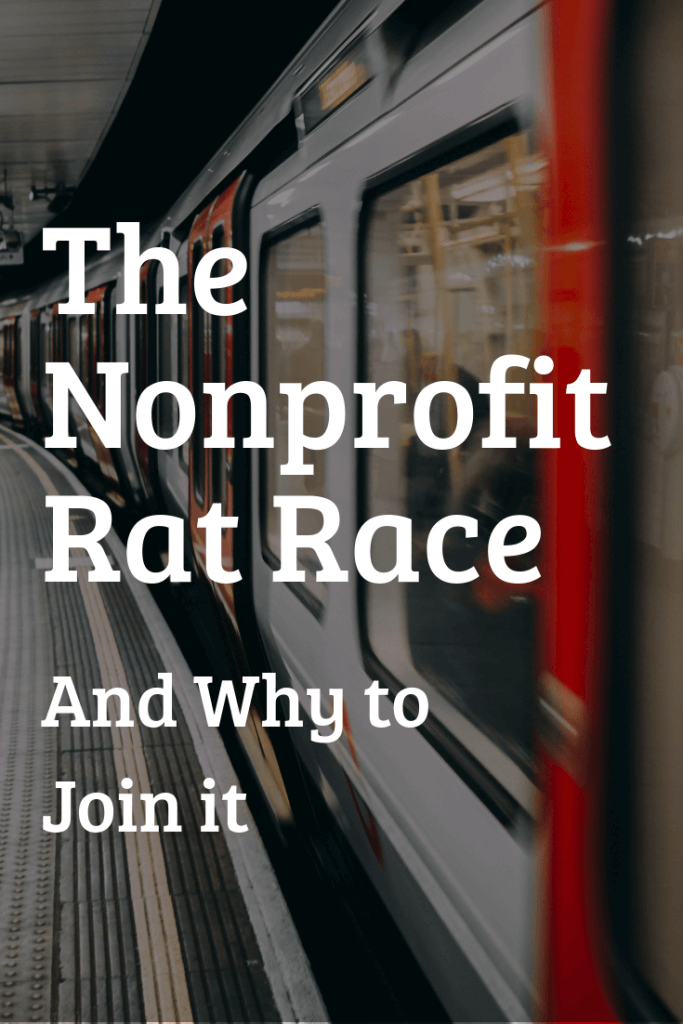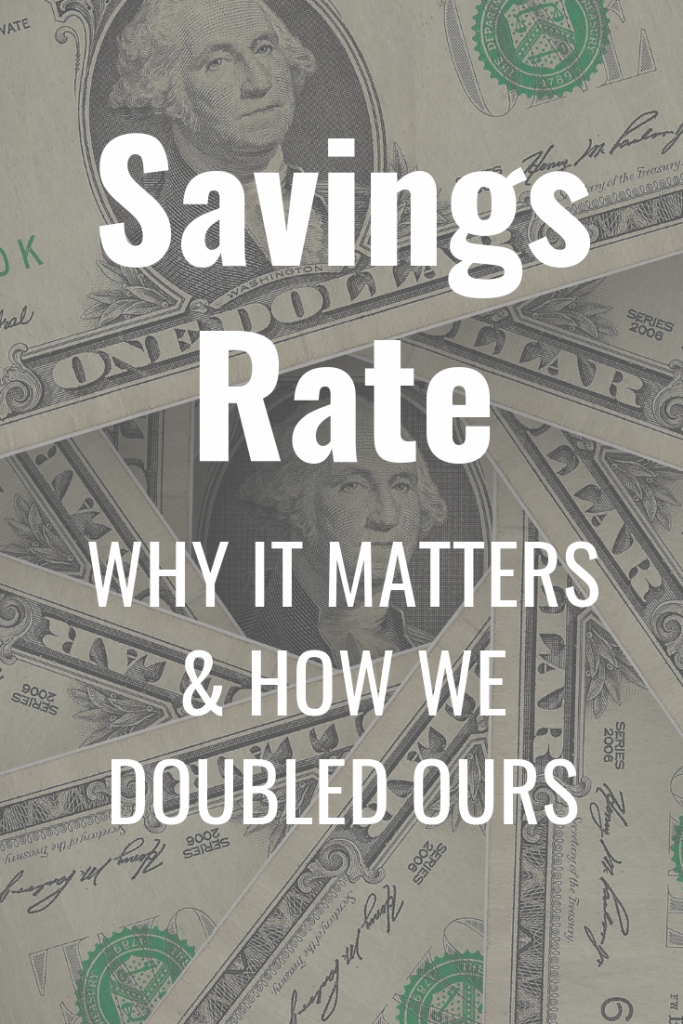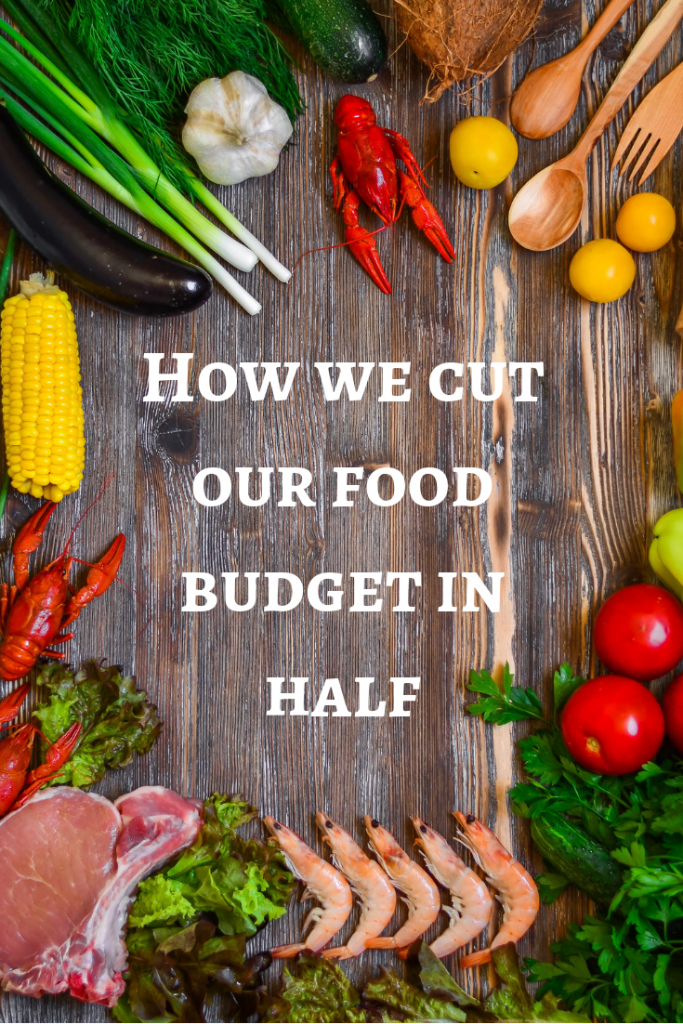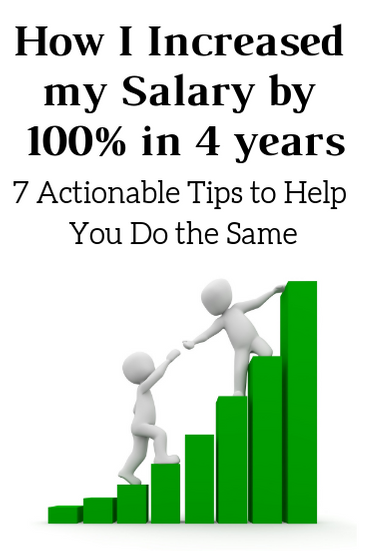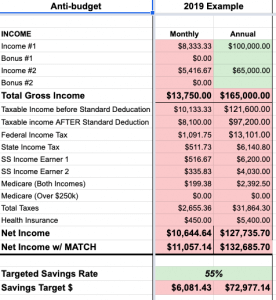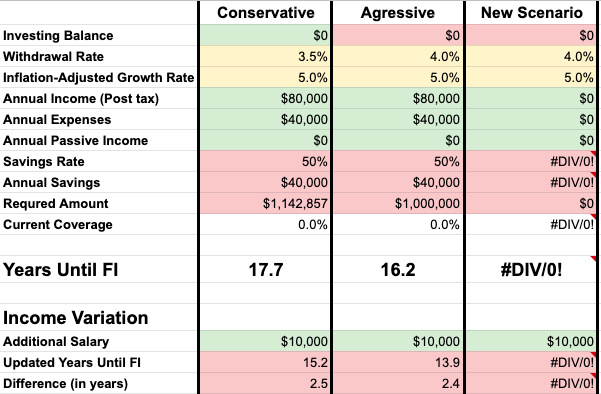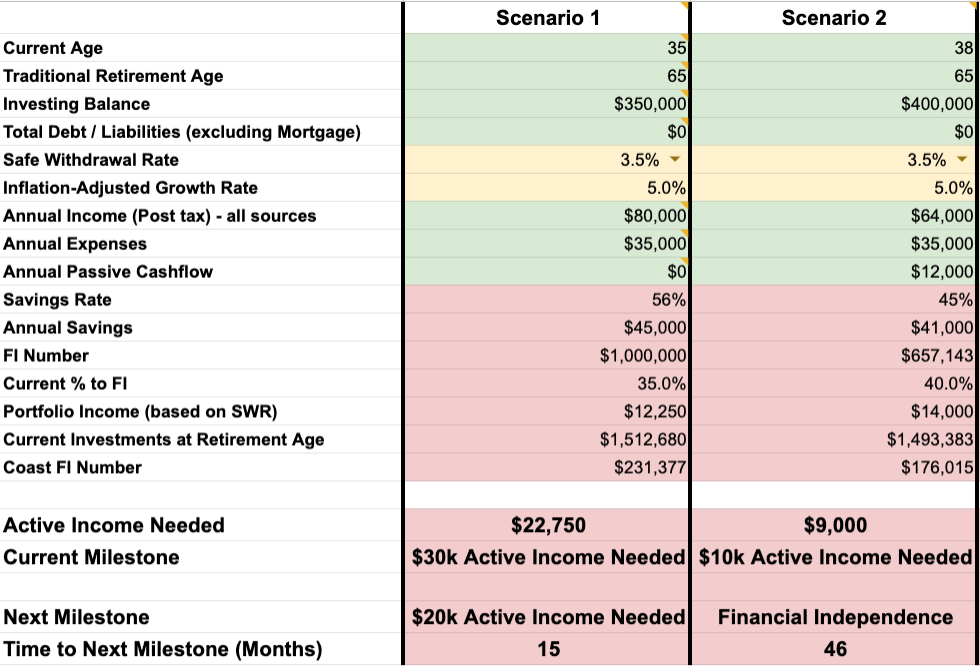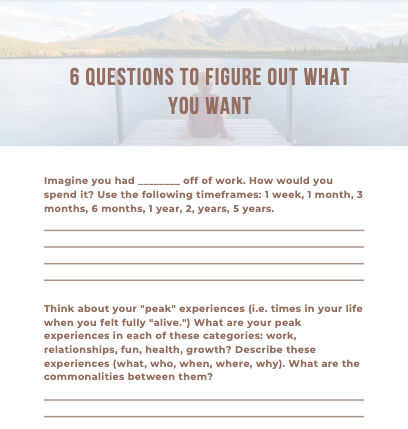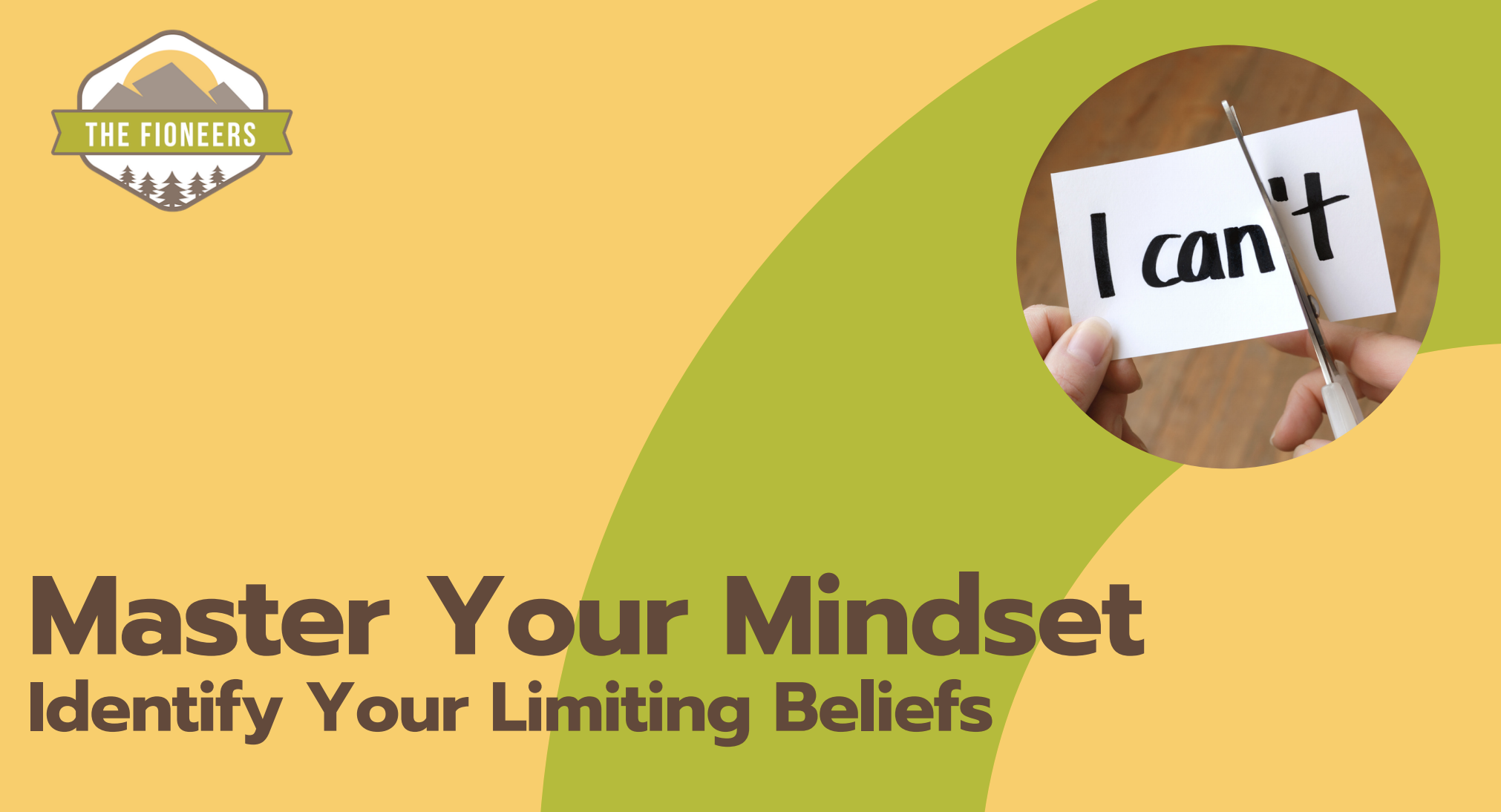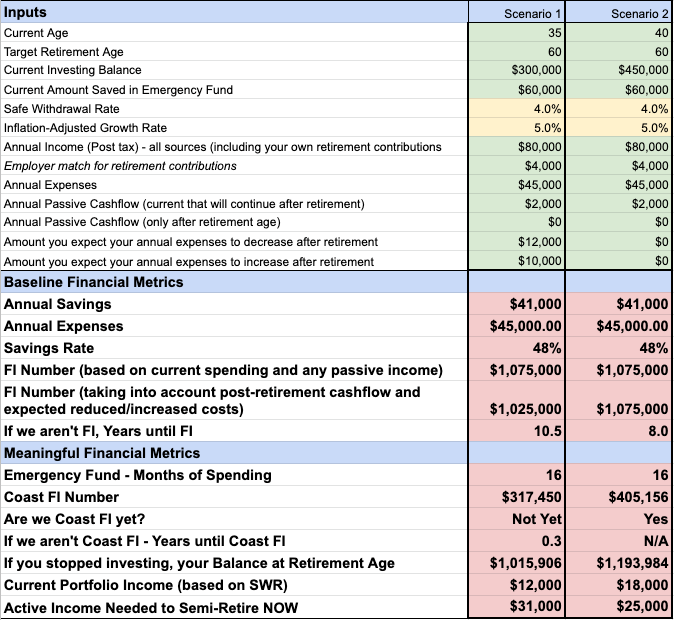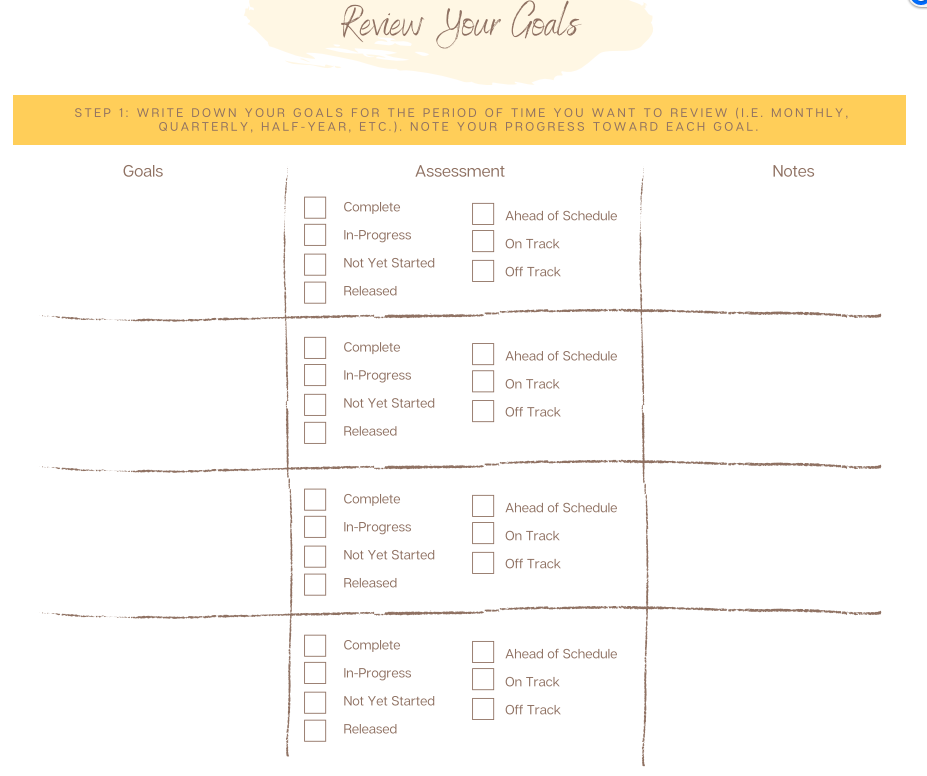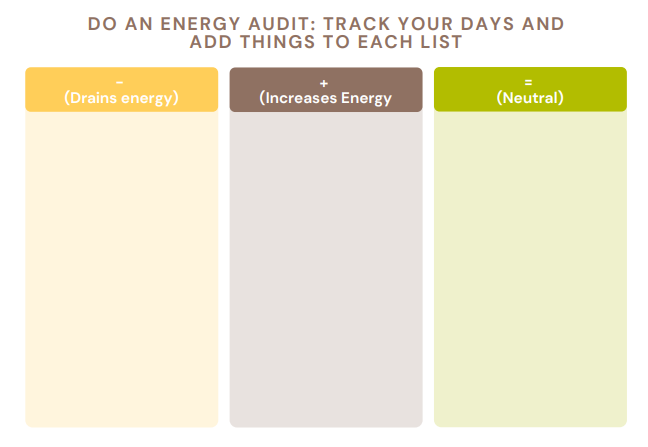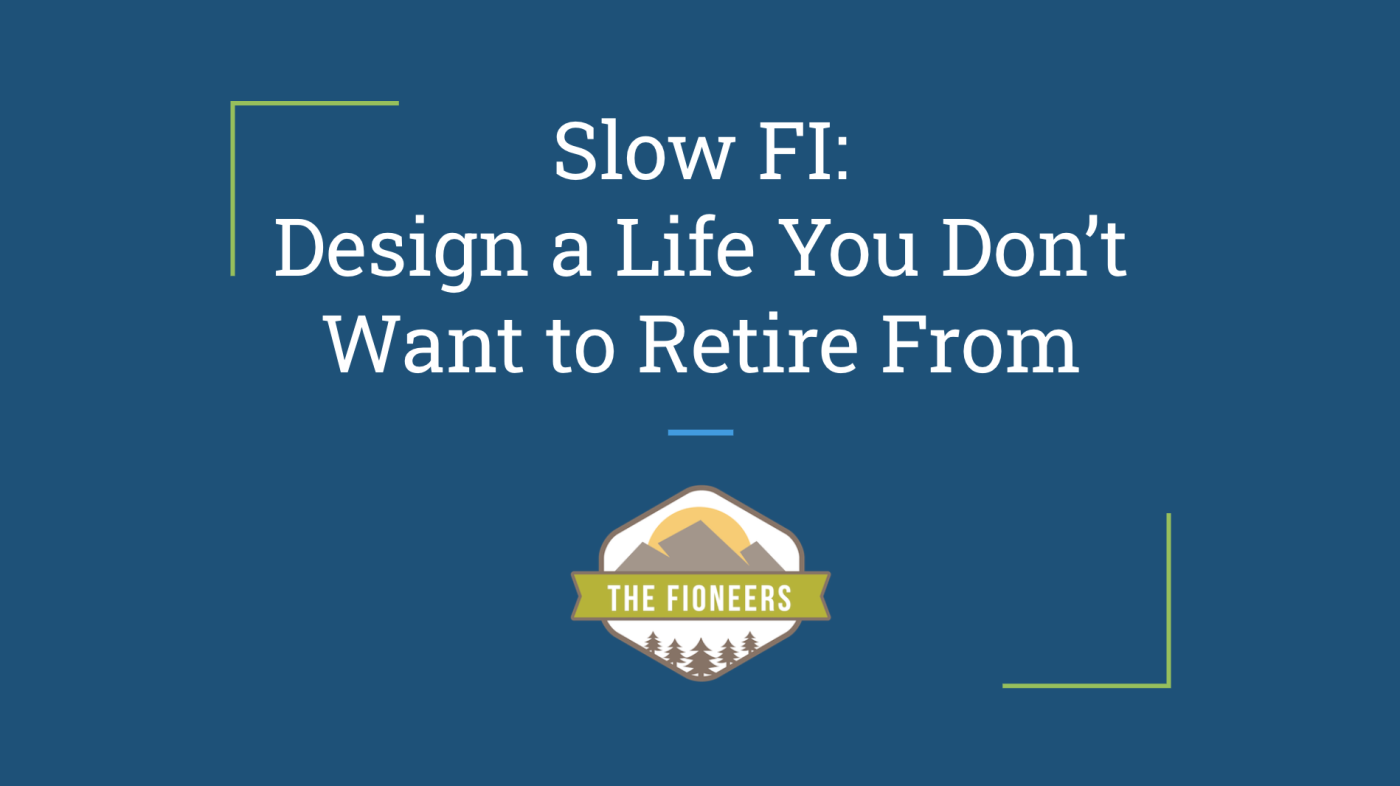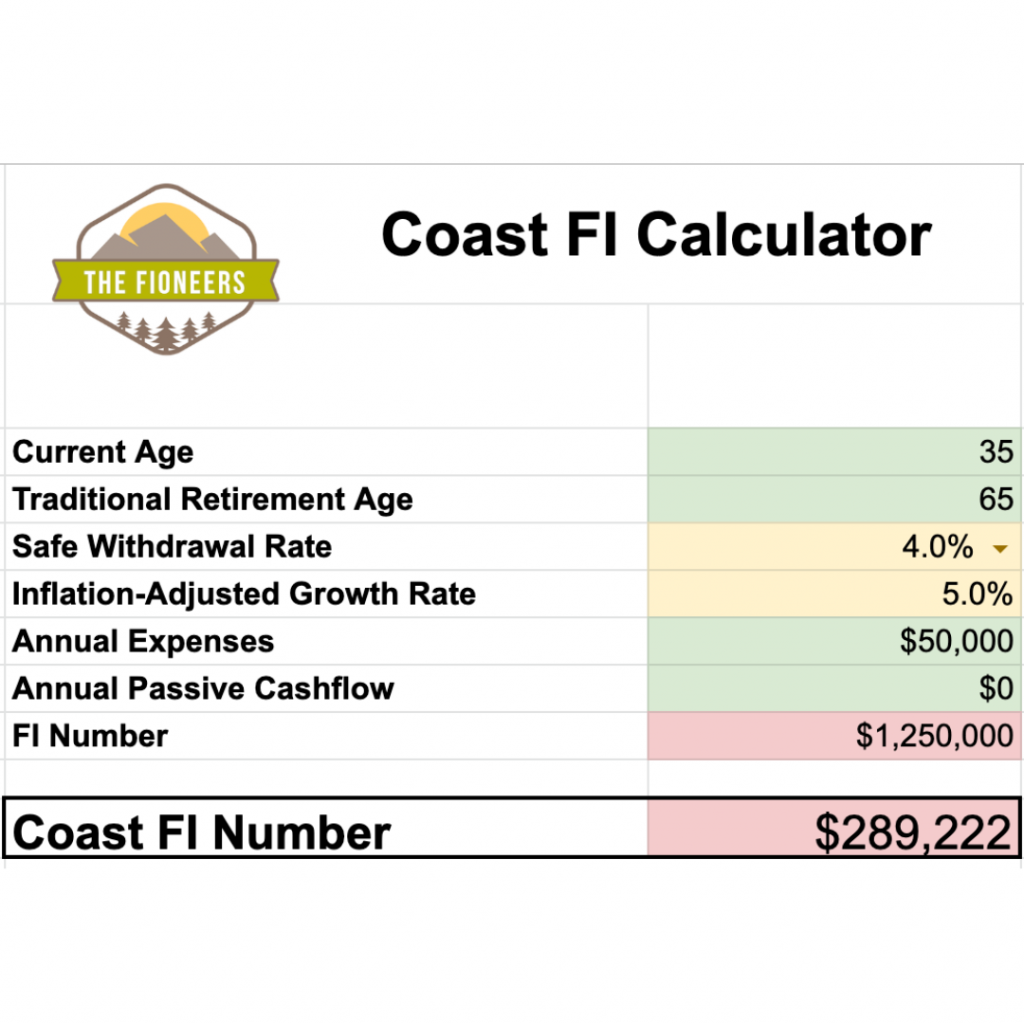
I’m becoming a strengths coach at work. To be honest, I don’t actually think it’s ideal for people to take a test to learn about their strengths. Even though I prefer self-discovery, the process has been fascinating.
The trainer is a positive psychologist and strengths practitioner. As part of this training, we did a model strengths coaching conversation where he was the coach and I was the participant. This was an effort to help me understand my own strengths and gain experience of how the conversations could go.
When I took the assessment, I was not surprised at all to see that my top three strengths were:
- Creativity
- Curiosity
- Perspective
We had an interesting discussion about what I enjoy, what my essential strengths are, and how they play out in my life. While I don’t talk about my writing to anyone at work, I do talk about my coaching programs. We had an interesting discussion about how the strengths play out in my personal life, passion projects, and coaching business.
Then, we got into a discussion of how these top strengths play out at work. I certainly have some opportunities to exercise these strengths at work. I enjoy having the opportunity to design and facilitate trainings and to coach people through challenges.
As my organization has grown and my team’s capacity has waned, I’ve found myself doing less of the things that I enjoy. I do a lot more transactional work to keep the trains running.
In the discussion, this consultant got fired up. He said, “Now, we need to figure out how you can incorporate these things you love to do in your personal life more into your work! This will allow you to take a leadership role in something you are passionate about.”
In my mind, I was thinking, “If only you knew…”
Since this is for work, I didn’t tell him that my plan is to make these passion projects into my core work. I didn’t share that my own business allows me to fully utilize my creativity, curiosity, and perspective in a way a workplace wouldn’t allow. And, it will eventually provide me with the freedom and flexibility to live life on my own terms.
In some respects, he made a good point though. It is important to make sure that, while I am still working at this job, I strive to make my work-life more exciting. I spend 24 hours/week at work, and I don’t want to feel like I’m wasting that time.
At the same time, I recognize that I’m not willing to use a lot more of my mental energy when I could be focusing it on my own projects. So, it’s important for me to find the right balance.
Everything in my Life isn’t Perfect, and That’s Okay!
I’m not yet living my ideal life. That’s okay.
I can hold two seemingly conflicting beliefs simultaneously:
- I can appreciate everything that I’ve learned and the life that I’ve built for myself thus far, AND
- I can recognize that I’m not where I want to be. I can strive to improve my current circumstances while also working toward my long term vision.
I am extremely grateful for the ways that I’ve already been able to design a life that aligns with my values and priorities.
After taking 6 months off of work in 2018 to manage issues with anxiety, I was able to go back to work 3 days/week. Now I work 24 hours/week in a nonprofit organization with a powerful mission. I am paid very well for the work that I do (which I know because I work in HR so I have visibility to all the salary information). I’ve also found a positive work environment that graciously accepts my boundaries and limits.
I have passion projects galore! I love spending time writing, designing workshops, facilitating coaching programs, and planning travel. I have plenty of time to focus on all these things, and I’m having a ton of fun with it.
I also have time to relax, focus on my mental and physical health, and spend quality time with family and friends.
My life is pretty amazing right now, and I appreciate everything I’ve learned and built so far. I have improved my life.
Even with all this gratitude and excitement, I know this isn’t where I want to be.
I don’t want to be tied to a job that only provides me with a few weeks of vacation each year. I don’t want to spend part of my traditional workweek feeling “meh” because I’m doing work below my capabilities.
Most people (including myself) can’t wake up one day and decide to change everything about their lives. It requires a process to get us into a financial position to make some sort of transition. We might need to save more, earn more from activities we find enjoyable, or do a combination of both.
Getting ourselves into a better financial position is important. It’s equally important to focus on improving our life or current circumstances while we do it. It could take a few months or years to get us into a financial position to transition. It’s not enough to look toward this distant future.
We can actively focus on improving our current circumstances while designing lives we love.
4 Ways to Improve Your Life Now
No one needs to wait until they reach FI or any other financial milestone to start improving their life. There are so many small shifts that we can make along the way as we are working toward our larger vision for our lives.
Once you start improving your current life, you’ll likely end up finding that you don’t feel like you don’t need to achieve your goal as quickly.
Here are a few key ways you can work to improve your current circumstances.
1. Minimize or Eliminate Activities that Drain your Energy
First, you might be wondering, “How do I figure out which activities drain my energy?”
Many people think about their work (or other aspects of their lives) in an all-or-nothing kind of way. Either everything is great or everything is bad. This is not the reality.
Our experiences, thoughts, and emotions shift throughout each day. We have moments of excitement, happiness, frustration, and boredom. It’s important that we start paying attention to which things cause which feelings.
In my coaching program, one thing that I have everyone do over the course of a month is to mindfully track their days. Throughout the day, they take a few moments to write down every activity they did. Then, they rank on a scale from 1-5 how energized and how engaged they felt while doing that activity.
The purpose of this activity is to identify trends of the types of activities that are energizing and which are draining.
One of the first things I recommend is to see if you can minimize the things that drain your energy.
You might find that reacting to requests at work drains your energy. A simple shift could be to create a habit of checking your email a few times/day rather than keeping it open 100% of the time.
If you find that interacting with a particular person drains you, you could work to see if you could improve the relationship. Or, you could try to minimize the amount of time you spend with the person. For example, I had a previous boss who wasn’t particularly helpful, so I recommended that we meet for 30 minutes/week instead of 60.
You might find that a particular job responsibility is very draining. If this is the case, you could speak with your boss to see if that responsibility could be transitioned to someone else.
Let me share an example. Earlier this year, I realized that I felt extremely drained after conflict mediation or discussions about poor performance. These conversations would cause me a lot of anxiety and leave me feeling like I needed to go take a nap.
So, I decided to talk to my boss about the possibility of having someone else take on these types of discussions. I spoke with her about the toll it had on me, and it was keeping me from doing other parts of my job as effectively. As a result of this discussion, we were able to transition that responsibility to other organizational leaders.
Once this happened, it was a huge weight off of my shoulders. My job instantly felt 100x better.
I’d encourage you to take time to track your days or simply reflect on the activities that drain your energy. Then, you might be able to find simple solutions or have conversations about your job responsibilities.
2. Proactively Determine Ways to Do More of what Energizes You
Another great thing you can do after you do the daily energy and engagement tracking is to determine how you can do more of what energizes you.
In a work setting, some people call this Job Crafting. Job crafting is an employee-initiated process where someone actively seeks out opportunities to shift their responsibilities, tasks, and interactions with others. They do this while also taking into account the needs of the role.
For example, I have sought opportunities to provide coaching to leaders, design training, and manage special projects. These are the kinds of work I enjoy, so demonstrating my success with them makes it more likely I’ll be sought out to do them again. I would enjoy my work a whole lot more if I had the opportunity to do these types of things 100% of the time.
There have also been a few opportunities for me to have discussions about what my ideal job within the organization could look like. Before the turmoil of COVID and my former boss’s departure, we had a discussion about hiring a junior HR person to support the transactional work. This would ideally free me up to do more of the work I enjoy. If I could have the flexibility to work hourly doing the strategic projects and coaching, I might never leave!
Unfortunately, these discussions have been on hold for 6 months. It’s still something that could be a possibility someday.
In some ways, I’m working on two awesome parallel life plans right now. In the first, I’d get to do project-based work with more flexibility. In the second, I’d run my own business. The second is moving more quickly, so I may end up heading in that direction earlier than I thought.
It’s important to be aware of the dark side of job crafting. Job crafting involves taking on additional projects to demonstrate that you should be the go-to person in the future for that type of work. I did a lot of this in my previous role, and it led to severe burnout.
This is a big part of the reason why I set really clear boundaries around my work life and why I haven’t taken as many opportunities to craft my current job.
If I’m able to transition into hourly, flexible, project-based work, I’ll be interested to see how it feels to choose between two really great options.
3. Start Incorporating Elements of Your Ideal Life Into Your Daily Life
We all have ideas of things that we’d like to do once we reach some sort of financial milestone (debt freedom, coast FI, full financial independence). I believe that we can figure out how to incorporate all these things into our lives in small (or big) ways along the way.
I knew I wanted to be more creative, so I started the blog back in 2018. I also started to experiment with photography. I’ve been intentional about taking time off to travel since travel has always been an important part of my life.
I’d encourage you to start small.
Think of the thing that you want to do, and then figure out a small step to take. If you want to start a blog, maybe your first step is to start an Instagram account. If you’d like to travel for three months out of the year, start taking slightly longer trips. For example, I’m hoping that we can take a two-week trip next summer when we usually only take one week at a time.
Think about what your ideal life looks like. What would you want to do every day? What would you want to do every week, every month, and every year?

These could be small things like spending more time outside, having a family dinner, or getting enough sleep. These are all habits you could build into your life today.
When you get started working toward your ideal life (even in small ways), it not only brings more satisfaction in your day-to-day life. You’ll also find that new doors start to open for you. When I started my blog two years ago, I never imagined that I’d become a coach. Sometimes you need to take steps before realizing the next steps you want to take.
4. Cultivate Acceptance and Gratitude for What is Working
Sometimes there are things that we can’t change immediately. Even if they are not perfect, we can cultivate acceptance and gratitude for what is working for us at the moment.
As I shared above, I’ve tried to figure out how to incorporate more of the things that energize me into my part-time work. Given the current circumstances, it’s not possible to shift a lot at the moment. So, it’s been important for me to accept certain things about my current circumstances and to cultivate gratitude about what is working.
My team is currently in transition. My former boss left earlier this spring. With her departure, the organization decided to pause the hiring of a junior team member. We are working on hiring a new head of HR, and in the meantime, I’m doing my best to keep the trains running.
If I wanted to do work that required more creativity and critical thinking, I’d need to work more hours. That is not something I’m willing to do. I’ve come to accept that my job responsibilities are in holding pattern for the moment.
At the same time, I’m not ready to leave this job.
Earlier this month, I launched my fall coaching program. It filled up in three days, and I even pre-enrolled someone for the next group. I considered extending the launch and signing up two groups. To do this, I felt like I’d need to scale back on work even more or quit my job entirely.
After a good amount of reflection, I realized I wasn’t ready to do this yet.
Through this reflection, I realized a few things:
- I appreciate having a steady income while I’m building up my business. There’s less pressure for the business to be successful when I don’t need the income from it. I’m currently building more of an abundance mindset. I am learning to say no to people who aren’t right for the program and trust that I can hold spots open until I find the right match. It’s been easier to build this mindset when I don’t need the income. I am confident I will be able to take this mindset forward but I enjoy having support around it for now.
- My work provides me with a few important things that I will need to be more intentional to build outside of work. These include working toward a mission, collaboration, relationships with colleagues, and structure.
Based on these reflections, I’ve accepted that this is where I want to be right now, even if it isn’t perfect.
I can also find things to be grateful for. On one hand, I could be bummed out because I’m frequently bored at work.
On the other hand, I can be grateful that I don’t need to use up all my mental energy at work. It means that I have more energy to focus on my passion hustles. I can also be mindful of the positive aspects of my job and the stability it provides.
To be clear, acceptance and gratitude doesn’t mean I’m giving up on working toward my long term goals or even my short-term goals of making my role better.
We can both appreciate what we have and figure out how to work toward what we want.
The Journey (to our Ideal Lifestyle) Should be as Remarkable as the Destination
We often say that the journey to financial independence should be as remarkable as the destination. The same can be said about designing our ideal lifestyle.
It’s not worth reaching financial independence or our ideal lifestyle if we were miserable along the way. There’s no guarantee that we’ll reach our ultimate goal. If incremental freedom is possible, why not make gradual changes.
When we focus on the journey, we will both:
- Have a profound sense of gratitude toward where we currently are and the growth we are experiencing, AND
- Know that we are working toward something even better.
Focusing on the journey is important for so many reasons.
First, it helps us to figure out what we actually want. We can do all the thinking and reflection we want. If we don’t try things out, we won’t know if we actually enjoy any of it.
This is why I don’t recommend pushing toward full FIRE for people who can’t practice or experiment with their ideal life along the way. Some people reach FIRE and realize it wasn’t everything they thought it would be.
Second, learning and growth is a process that we should savor. Even when things aren’t perfect, we can appreciate that we are learning important things from them. We can also use it as an opportunity to build a community of support. These people will continue to be part of our lives even after we’re no longer dealing with the same challenges.
Finally, every step we take along the journey could open up new doors and possibilities that we may not have even considered. When I started a blog, I had no idea that it would open up the door to facilitate group coaching. Every time we try something new or learn something new, new possibilities emerge.
Focus on making the journey as remarkable as the destination. This allows us to make incremental shifts, keep sight of the big picture, and adapt our vision along the way.
What small shifts could you make to improve your your life?


